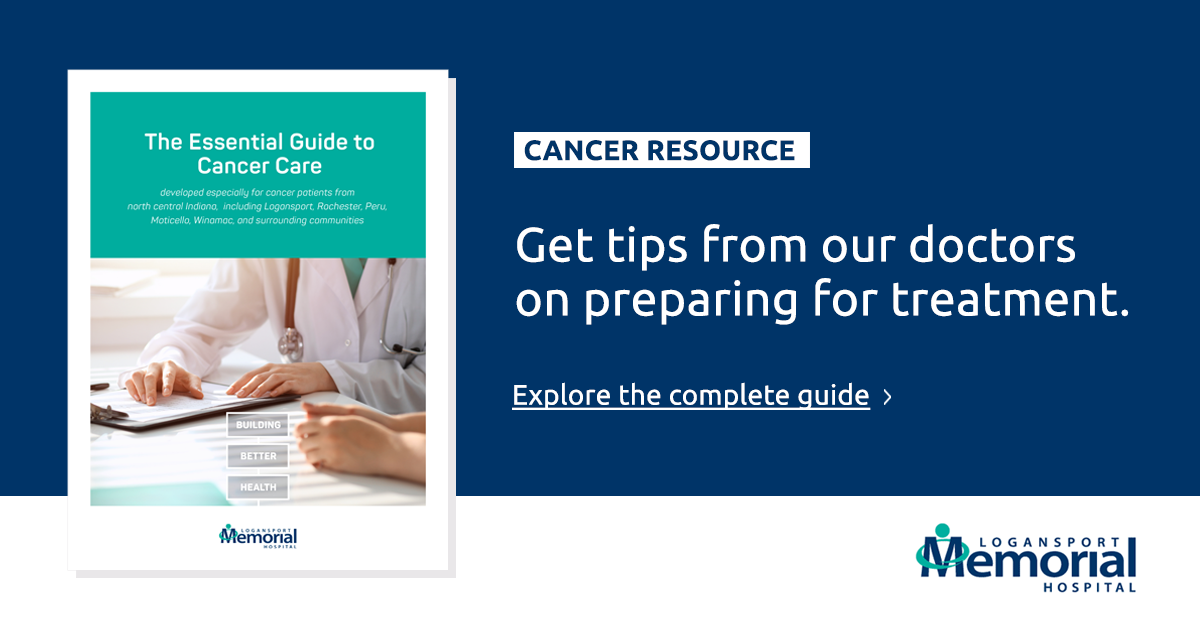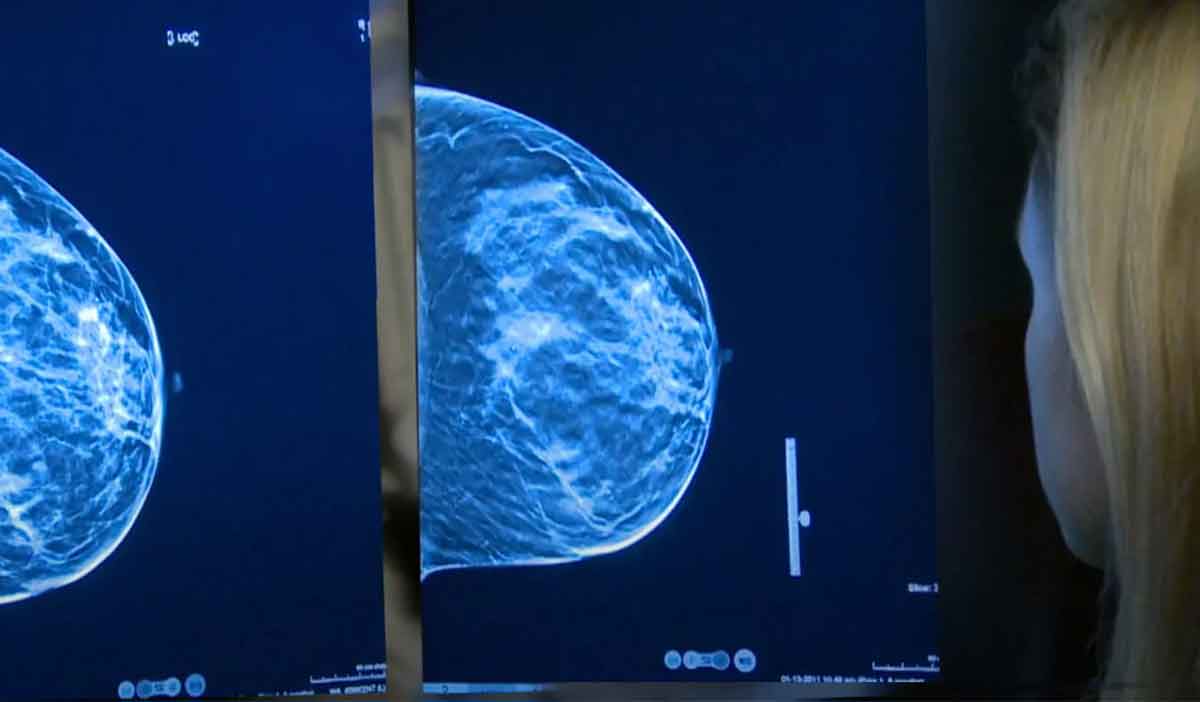Cancer is a disease in which cells start to grow abnormally and it can strike any area of the body. Normally, our cells divide in a controlled manner to replace old or damaged cells. If cells keep dividing when new cells are not needed, a mass of tissue, called a tumor, forms. A tumor can be benign or malignant. A benign tumor is not cancer and will not spread to other parts of the body. A malignant tumor is cancer.
Some women experience abnormal cell growth in their cervix – the canal that connects the lower part of the uterus to the upper part of the vagina. According to the National Cervical Cancer Coalition, more than 12,000 women in the United States will be diagnosed with cervical cancer each year. Cervical cancer is the second most common type of cancer for women worldwide but, because it develops over time, it is also one of the most preventable types of cancer.

Common symptoms of cervical cancer
Almost all cases of cervical cancer are associated with a human papillomavirus (HPV) infection. Persistent HPV infection causes irritation and inflammation, disrupting the normal cell structure. Eventually, this can lead to abnormal cell growth. HPV is very common, but not all HPV infections will turn into cervical cancer. Cervical cancer can also develop without the presence of HPV.
The symptoms of cervical cancer can be hard to catch and in some cases may not appear until the cancer is in advanced stages. If you experience any of the following symptoms, do not assume it is due to cancer. Many symptoms can be caused by other, less serious conditions. However, it is still important to discuss them with your doctor. Early detection and treatment improve outcomes.
The most common symptom of cervical cancer is abnormal bleeding. It may include:
- Bleeding between your regular menstrual periods
- Menstrual bleeding that is heavier or lasts longer than usual
- Bleeding after sexual intercourse
- Bleeding after douching
- Bleeding after a pelvic exam
Additional symptoms include:
- Unusual vaginal discharge, with or without blood
- Pain during sexual intercourse
Diagnosis of cervical cancer
If your doctor suspects cervical cancer, he or she will conduct a thorough pelvic exam and complete a Pap smear. The Pap test removes a sample of cervical tissue for closer examination and is often part of a woman’s annual exam. If the Pap test shows abnormal cervix cells, other tests will need to be done before cancer can be diagnosed.
Reducing your risk of cervical cancer
There are some steps that all women can take to improve their health and reduce the risk of cervical cancer.
Get vaccinated
Two vaccines are available to prevent infection by some (but not all) human papillomavirus (HPV) types that cause cervical, vaginal, vulvar, and anal cancers. Vaccination also protects against dysplasia on the genitals and genital warts.
The vaccine is routinely given to girls as a multiple dose series between the ages 11-12 years (though it may be used starting at age 9). For the vaccine to be most effective, girls should be vaccinated before their first sexual contact. The vaccine can be given to women through age 26. If you or your daughter have not gotten the HPV vaccine, there is a catch-up vaccination schedule available.
Schedule annual examinations
Regular Pap tests are an important tool in detecting abnormal cervical cells. Screening guidelines are based on your age and other risk factors, such as smoking or a past history of cancer. Early detection with cervical cancer screening offers the best chance for a cure. Talk to your doctor about the right screening schedule for you.
A Pap test (or Pap Smear) looks for cancers and precancers in the cervix. Precancers are cell changes that might become cancer is they are not treated the right way. The Office of Women’s Health , U.S. Department of Health and Human Services recommends:
- If you’re between ages 21 and 29, you should get a Pap test every 3 years.
- If you are between ages 30 and 64, you should get a Pap test and human papillomavirus (HPV) test together every 5 years or a Pap test alone every 3 years.
- If you are 65 or older, ask your doctor if you can stop having Pap tests.
Practice safe sex
HPV is transmitted through intimate and sexual contact, making it a risk factor for cervical cancer. Women who have had multiple sexual partners or who began having sex before the age of 16 are at greater risk of exposure to HPV. Safe sex practices include:
- Have a monogamous relationship with your partner. It is important that your partner is only having sex with you.
- Protect yourself against sexually transmitted diseases (STDs) with consistent and correct use of latex condoms. A condom will not prevent HPV infection because it does not cover the perineal areas where the virus can be transmitted.
- Seek prompt treatment for any symptoms of an STD, such as urinary discomfort, unusual vaginal discharge, or pelvic pain. Since many STDs do not have symptoms, talk to your doctor about screening tests to monitor your status.
Quit smoking
Tobacco by-products have been found in the cervical mucus in women who smoke. Regular exposure to carcinogenic agents increases the risk of irritation that causes changes in cells. Quitting is an important step in preventing cervical and other cancers. The sooner smoking is stopped, the sooner the body can start to heal. Talk to your doctor about the options available to help you successfully quit.





